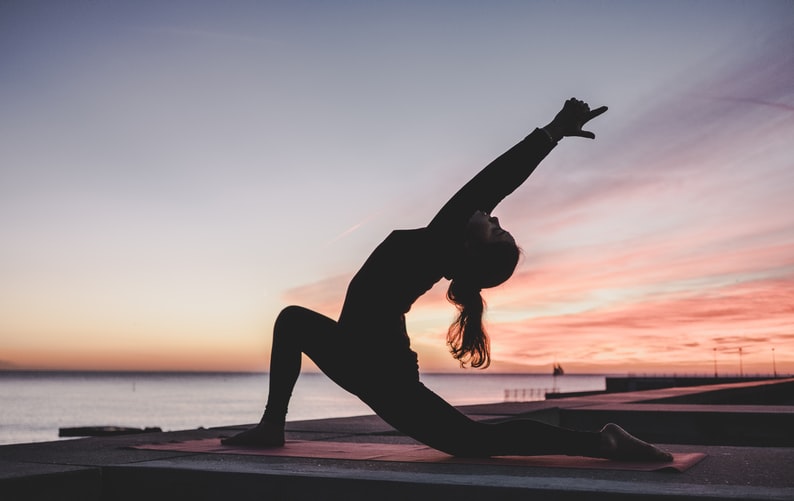PiYo as a New Trend of Workout Program
In the broader world of fitness programs, success is primarily dependent on providing an attractive, enticing concept. As the name suggests, PiYo has a combined approach to workouts and wellness, with the curriculum being touted as an aerobic, high-energy mix of Pilates and yoga.
Author:Paolo ReynaReviewer:James PierceMay 04, 2021188.9K Shares2.8M Views

PiYo has been described as a hyper version of yoga, a description that’s mostly accurate. The program combines Pilates and yoga into an aerobic framework, with fast-paced structured workouts that are designed into a 60-day format.
PiYo isn't yoga, it's not Pilates, and it's not a pure aerobic exercise in the strictest sense – it's a hybrid of all three. As such, it may offend purist advocates of yoga, Pilates and aerobics, because some of the modifications either skirt or violate the basic principles of all three.
It’s also different than most specialty workout programs. PiYo is less hardcore than the tougher programs like UXF and Crossfit, but more difficult than many aerobic workouts that stick to fairly fundamental movements played out as dance forms.
Pros Of PiYo
The fitness principles behind PiYo are essentially sound. The principles behind yogaand pilates are well known when it comes to encouraging versatility and health, and Piyo adheres to several of the widely recognized guidelines for basic aerobic fitness. It is also a low-impact program with no jumping and no weights involved, which is a bonus for many beginners. There’s nothing wildly experimental or truly risky or dangerous going on here, just a combination of three fairly basic approaches to fitness.
Rather than being segmented into different levels, most of the PiYo workouts are based on either fundamental and working on different body parts to get specific results. As such, this makes it somewhat easier to understand and get into than some programs that pigeonhole users into beginner, intermediate and advanced categories.
Cons Of PiYo
Technical Shortcomings
There’s a lot of physiology and kinesiology behind the core concepts and principles of Pilates and yoga, but very little of this is explained in detail in the PiYo background material. Instead, most of the emphasis is on getting a hot body and the sweat and angst that goes into finishing the harder workouts. While there are short videos on the various websites that explain PiYo, most of the explanations about the true origins of the program are pretty superficial.
Weight Loss
While PiYo never quite promises any specific weight loss guarantees, some of the success stories promoting this aspect of the program seem decidedly optimistic. There are plenty of stories on the sites about PiYo participants who lost amazing amounts of weight (20+ lbs) in amazingly short periods of time (60 days or less). The watchword here should probably be “caveat emptor,” especially given that there’s very little material on maintaining weight loss once you’ve taken it off.
There is a ramp-up approach to the PiYo program, but the risk of injury is rarely mentioned. "Any program that combines things like Pilates and yoga in an aerobic format is going to put you at risk to some extent," user says. "Some of these movements and positions are hard to do, he said, and if you rush into them or you try to do them too fast," user adds.
Conclusion
PiYo is a good choice for those people looking for some kind of workout or fitness foundation who are searching for different workout options and are at least somewhat familiar with the basics of yoga and Pilates. Beginners may find themselves too tempted to skimp on those basics and charge into a series of workouts that are too difficult, while advanced fitness buffs may not be sufficiently challenged by the workouts.

Paolo Reyna
Author

James Pierce
Reviewer
Latest Articles
Popular Articles